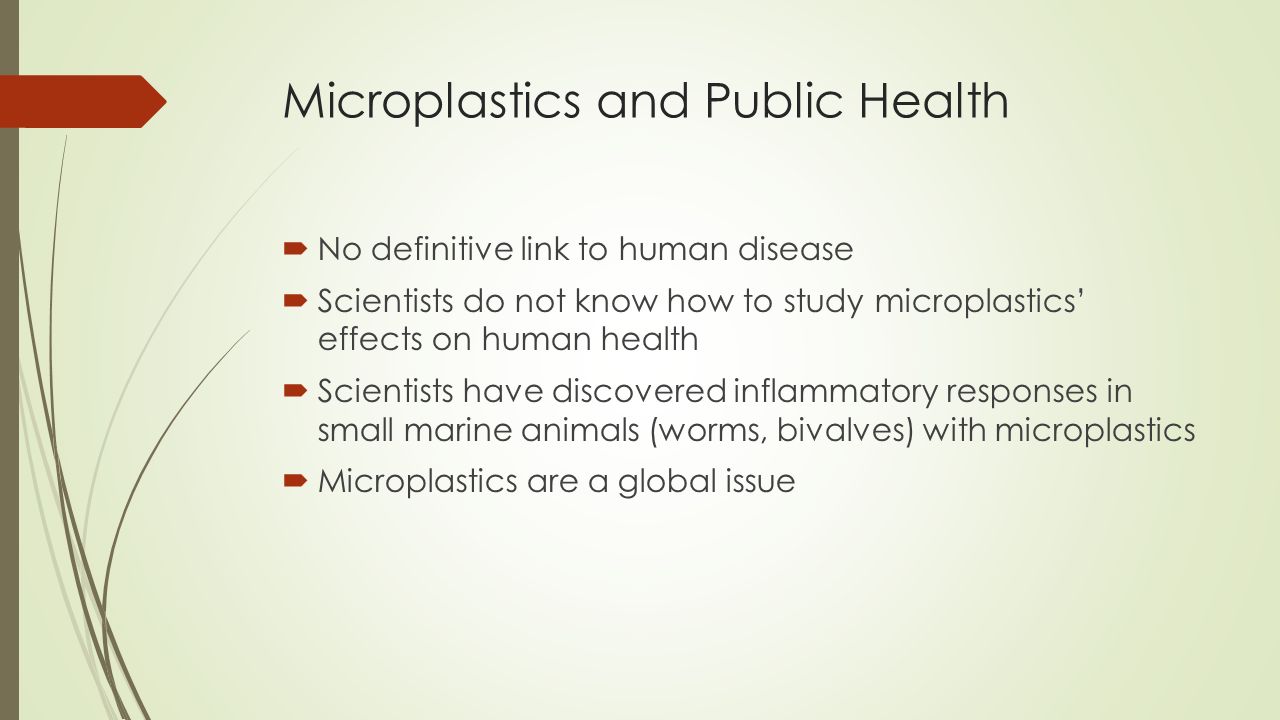Plastic goods are everywhere and the most commonly found debris in our oceans. Plastic waste comes in all shapes and sizes, the ones under 5 millimeters in length are called microplastics. A member of the bishops' committee on the environment writes about the issue in the Catholic Peace Weekly.
She begins her article with the news that in the belly of a dead whale they discovered a lot of plastic trash. Her menu that day was grilled fish and she frowned and wondered about the amount of plastic in the fish the family would be eating that evening. She washed the fish again thinking it would be wise hoping to detect any microplastic that would be visible.
The world is at war with plastic as it takes hundreds of years to disintegrate. Recently in the United Kingdom, a paper was published in a science magazine giving figures on how many millions of tons have been poured into the oceans. This waste is broken down by the waves, ultraviolet rays and the like.This breaks the plastic down into small pieces which continues to contaminate the oceans with the microplastics.
These pieces, the plankton can mistakenly eat as food. And we have the sea creatures eating the plankton and the microplastics accumulate more and more in the bodies of the fish.
The Korea Marine Science and Technology Agency said that microplastics were detected in 97% of 139 different kinds of oysters, mussels, crabs, and earthworms from the fish farms and nearby waters in Gyeongnam. A considerable amount of these micro pieces of plastic come from washing machines and cosmetics.
In 2011, an Irish ecologist Mark Browne surveyed 18 areas of the world and found that there were a lot of small pieces of fiber coming from water ways— synthetic fibers like polyester and nylon in streams and beach sediments in all areas. Examing wastewater from domestic washing machines, Browne estimated
that around 1,900 individual fibers can be rinsed off a single synthetic
garment - ending up in our oceans. Skin exfoliants, cleansers and toothpaste also contain microplastics.
The May 2016 report of the United Nations Economic Programme 'Marine Plastic Waste and Microplastics' announced that nano-sized micro-plastics could penetrate into any organ, including the placenta and brain. Invisible micro-plastics accumulated in drinking water, seafood, shellfish, seaweed, may cause illness in humans who ingest them.
I want to make my family go to bed in the evening at peace. Consequently, careful of detergents, fabric softeners, plastic bottled water, and disposable plastic untensils which can in time penetrate into the food chain and enter the mouth of our family. It's a way to keep my family and the earth healthy while living simply. Eco-life may be a little inconvenient but is it not the way to care for the family and our earth?

No comments:
Post a Comment